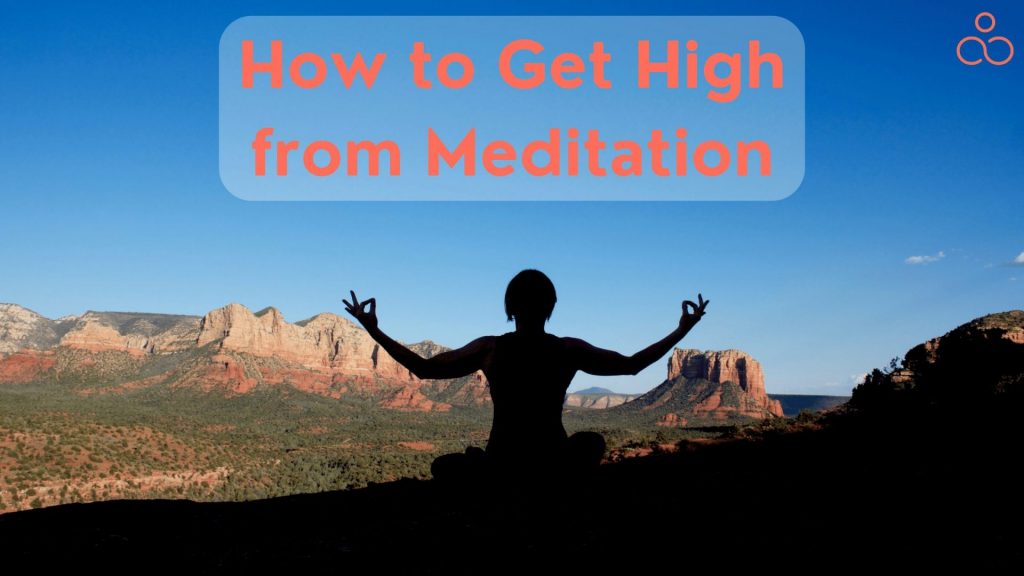Have you ever meditated and felt profound mental bliss, relaxation, and a peaceful mind? If so, you would naturally ask if meditation might make you feel high.T he truth is that sitting in quiet, turning within, and paying attention to your breath or a mantra may have a significant positive impact on both your mental and physical health. Additionally, it may produce feelings resembling a “high.” Let’s talk about the effects meditation has on your mind and body, as well as how to get high from meditation.
How to get high from meditation naturally?
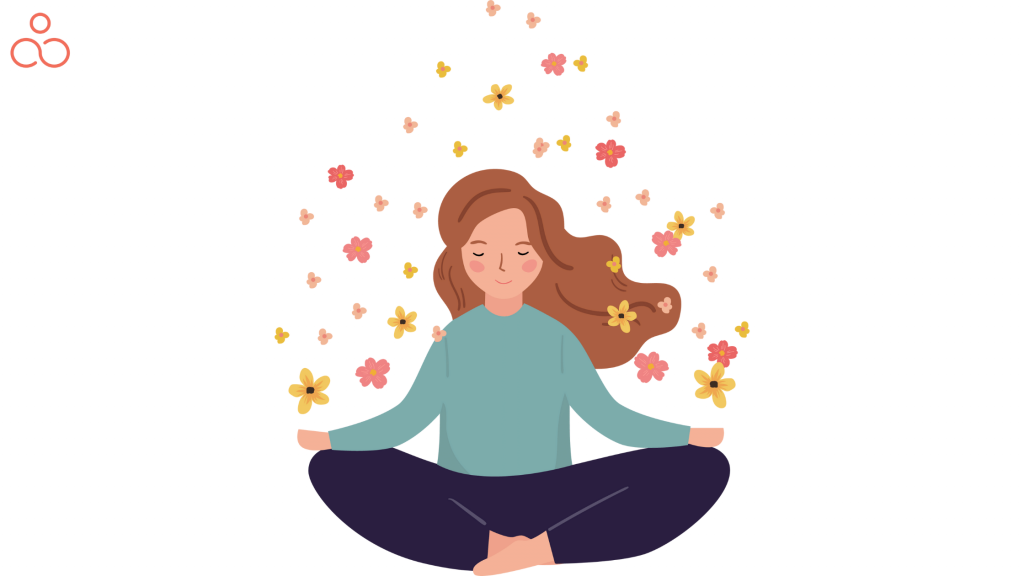
No matter your level of experience with meditation, you could occasionally experience an out-of-the-ordinary sense of peace, joy, and contentment after practicing. It seems as though you have total emotional control and a focused, sharp, and clear intellect. Now, a mental state like this one and any physical sensations you could have, is often quite similar to what people refer to as a “high.” But does that imply that meditation can genuinely make you feel high?
Yes and No, I suppose. I think it’s important to define “high” and how people achieve it in order to provide a satisfactory response to this query. So, what exactly does “getting high” mean?
The term “high” is frequently used to refer to an intensely pleasurable, euphoric, and blissful condition. It may also be used to describe a state of awareness in which you experience increased alertness, vitality, and energy. When you are in this state, anxiety and depressive thoughts and feelings disappear from your head. Your body feels energized and light, and you feel like you have more control over yourself.
Let’s understand how meditation might affect both your mind and your body because of which you may feel high:
- Your body’s dopamine levels rise: Did you know that the sense of being “high” is really the result of your body releasing more dopamine than usual?
One of the activities that can raise dopamine levels in your system is meditation. You can acquire a profound state of focus and relaxation when you meditate. Over time, this state of calm gives way to contentment and joy. Your body consequently produces more dopamine. Simply put, it indicates that meditation might make you feel elevated. While this can’t be claimed for all types of meditation, it is certainly possible to experience pleasure and happiness while meditating. It’s not only a fun way to pass the time, but it’s also a healthy approach to raise your body’s dopamine levels.
- It lowers stress hormones in the body: Meditation is one natural way to lower stress and raise happiness. Now you probably wonder how it actually works. You must first comprehend the stresses and worries your body experiences in order to do this. You experience anxiety and stress because your brain releases stress hormones like cortisol. Dopamine levels in your body drop when you’re anxious. You may not be aware of it, but stress can also cause your blood pressure to increase.By lowering stress hormones, meditation can aid with this circumstance.
In light of this, meditation may be one of the best ways to naturally lower your body’s stress levels and get high at the same time! You can release stress from your body when you meditate. That is precisely how you can experience a high from meditation without using alcohol or drugs. - It can improve your mental and emotional health: Your emotional and physical wellbeing can be improved through meditation. You can reflect on your inner feelings, pay attention to them, and let go of unfavourable emotions by using meditation, and mindfulness in particular. You can experience what’s going on in your body and connect with your feelings with the aid of meditation. You can enhance your physical well-being in this way. What’s even better is that regular meditation practice automatically enhances your emotional wellbeing. What connection does it have to feeling “high”?
Well, elevated dopamine levels are associated with improved physical and mental wellbeing. In turn, this is a requirement for getting “high.”
- It allows distraction and mental wandering: You can let your mind roam and be diverted thanks to it! Again, the purpose for this is because meditation enables you to maintain your attention on your emotions and thoughts without becoming sucked into them. Once you can accomplish that, it’s simple to become preoccupied with other things as well. Both your body and your mind are at rest when you are meditating. You are able to put all of your attention on the here and now and let go of the past and the future. Meditation is the solution if you’re looking for a technique to detach from the outside world and those around you. And what’s this?
There is an easier way to go “high” without any negative effects or undesirable outcomes, therefore there is no need to think about utilising drugs to obtain that state.
- Promotes self-awareness: Through the removal of all the external influences, worries, and fears from your mind, meditation is a powerful tool for achieving self-awareness. It will be easier for you to develop self-awareness once you can free your thoughts of all these distractions and concentrate on the here and now.
We may adjust our attitudes towards those thoughts by becoming aware of them so we can stop thinking them and feel better about ourselves. Unexpectedly, the moment you realise you are fully aware of yourself is quite similar to feeling “high.”
Can Meditation help with Addiction or Substance abuse?
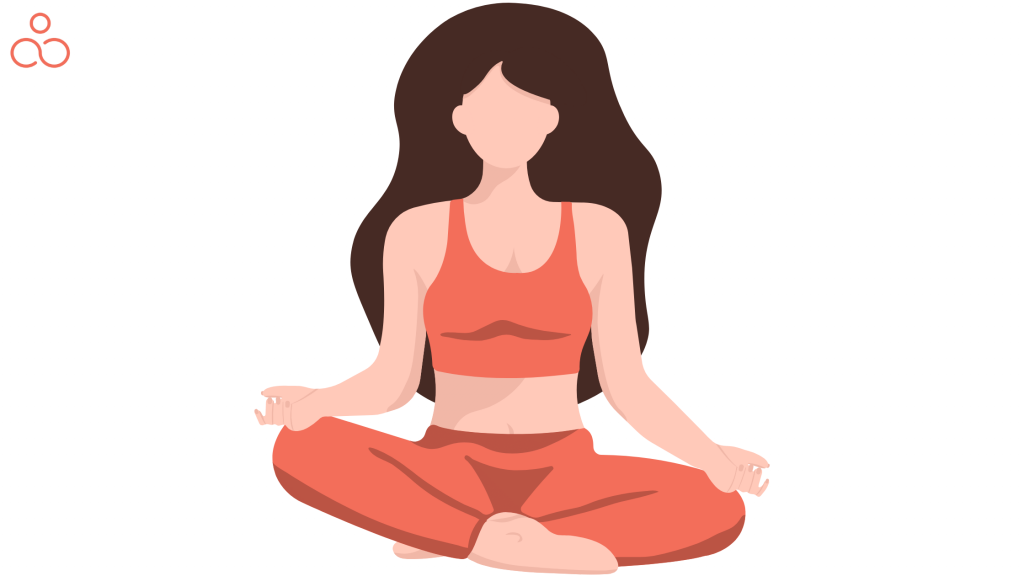
Since now we know that meditation can help us in getting naturally high, let us also try to find out if it is also helpful in overcoming harmful addictions.
Addiction to drugs or alcohol can make it challenging for sufferers to handle daily challenges without relapsing. People frequently complain about stress, worry, restlessness, pain, sadness, and drug cravings as they become used to life without substances. These problems may act as catalysts for relapse. The study shows that mindful meditation helps promote cognitive control and lessen the symptoms as well as chances of relapse. Protracted withdrawal, which includes symptoms like anxiety, trouble making decisions, and intense drug cravings that persist for a prolonged period after drug use is ceased, can also be managed with meditation.
Here are some of the most popular and effective techniques to deal with addiction:
- Mindfulness Meditation: Despite being one of the easiest, this method is nevertheless highly powerful. The objective is to increase your awareness and practise observing your thoughts and feelings, which are tasks that addicts frequently avoid doing. Here’s how to put it into practise:
- Straighten your back while sitting. Your head, neck, and spine ought to be in a straight line. Put your hands in a relaxed position.
- Keep your eyes closed.
- Sit still and calmly. Permit your thoughts and feelings to come and go as they want.
- If you like, you can let your eyes open.
- Focus on your breath or an object.
Breathing Meditation: Meditation on breathing is used to quiet the mind and achieve inner serenity. It’s simple to put this into practise:
- Close your eyes while remaining seated in the same manner as with the first technique.
- Pay attention to your breathing. Breathe in deeply and slowly out.
- Muscles must be relaxed. Take the mental effort your brain expends on craving-related thoughts and direct it towards your body.
- Be mindful of your breathing.
- If your mind starts to wander, focus once more on your breathing.
Water Meditation: Typically, outpatient therapy programmes do not use this strategy. But you ought to attempt it at home. It is a powerful method for relieving the weight of your previous drug-related thoughts. Ensure you have sufficient time before beginning by:
- Start a hot bath.
- Lighting scented candles, incorporating bath salts or oils, or combining it with aromatherapy are all fantastic ideas.
- Let warm water trickle into the tub in little drips.
- Put your body in a relaxed position in the bath.
- As mentioned in the above technique, concentrate on your breathing.
- If your thoughts stray, bring them back to the sound of the water trickling.
Moving Meditation: Usually, those who meditate sit still. However, the Buddha advocated for movement while you meditated. By immersing oneself in nature, one is meant to lose all feeling of self and feel a sense of oneness with the natural world. Here’s how to put it into action:
- Find a natural area close to your home that is ideal for this technique, such as a garden, forest, lake, or river.
- You can bicycle, run, or walk. The focus is on your state of mind rather than your movement.
- Imagine that as you move, negative energy is dissipating and making room for positive energy.
- Pay attention to how your body is functioning.
Spiritual meditation: In almost all faiths and spiritual traditions, meditation is employed to achieve spiritual enlightenment. The various forms of spiritual meditation are as varied as the various spiritual traditions found around the world. You can meditate spiritually at home or in a house of worship. For people who are interested in spiritual development and a closer relationship with the divine or spiritual force, this practice is helpful.
Mantra meditation: Numerous teachings, including those of the Hindu and Buddhist traditions, heavily emphasize mantra meditation. To help you focus during this sort of meditation, play a rhythmic sound. It can be a word, phrase, or sound, with “om” being one of the most popular. You can say your mantra softly or out loud. You’ll become more aware of your surroundings and alert after repeating the phrase for some time. You can achieve deeper states of awareness as a result. Because it’s simpler to concentrate on a word than on your breath, some individuals find mantra meditation to be enjoyable. Some people appreciate how the sound makes their bodies vibrate.
Progressive relaxation: A technique called progressive relaxation aims to ease physical tension and encourage relaxation. This type of meditation frequently entails gradually contracting and relaxing each muscle group in turn throughout the body. It can also suggest that you visualise a soft wave gently sweeping through your body to assist relax any tension. Before going to bed, people frequently practise this type of meditation to unwind and relieve stress.
Loving-kindness meditation: To make one’s feelings of compassion, love, and acceptance towards oneself and others stronger, practise loving-kindness meditation. It usually entails allowing oneself to be open to receiving love from others and then wishing loved ones, friends, and all living things well. This sort of meditation may be beneficial for people who feel angry or resentful since it aims to encourage compassion and kindness.
How can meditation induce a “high” feeling?
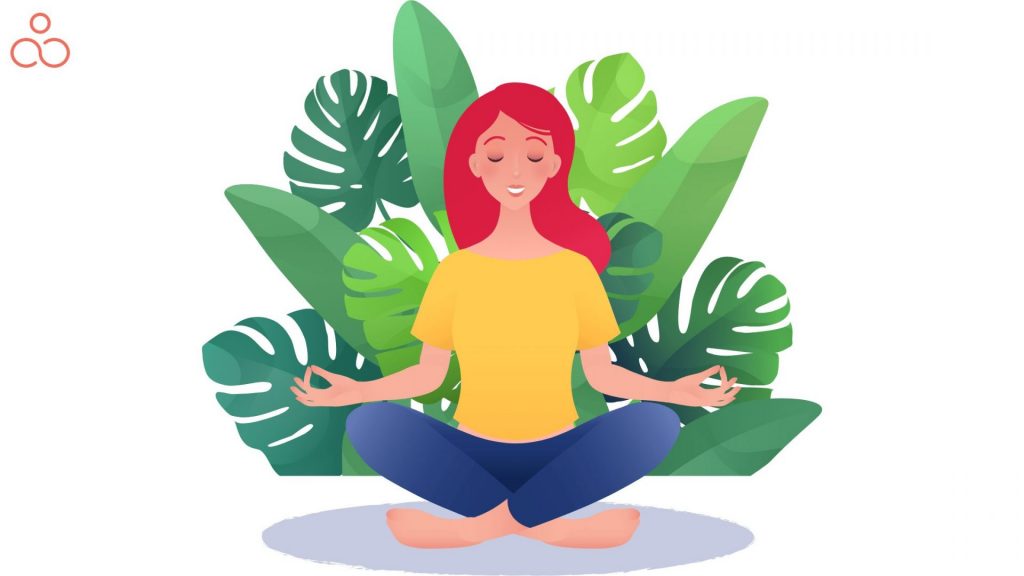
You may be considering how to attain this “high” effect now that you know that meditation can genuinely make you feel high. It’s a fact that meditation causes you to feel incredibly calm and relaxed. It seems as though your mind slows down and enters a condition of complete control. When all of these factors come together, one may experience a “high.” So, in my opinion, the answer to the issue of whether meditating can make you high is both yes and no.
Yes, meditation can make you feel high since it can:
- Assist you in achieving mental calmness and profound relaxation.
- Release specific hormones to experience happiness and relaxation.
- Cause feelings that are comparable to what people feel when they are drunk or high on drugs.
No, meditating won’t make you high since it can’t:
- Bring about euphoria in you (a state of extreme happiness).
- Cause you to experience hallucinations or the effects of drug or alcohol use.
- Result in hallucinations in you.
- Form any kind of addiction.
Most significantly, meditation dispels any notion that it might cause you to lose control of your behaviour. Instead, it assists you in realising that your thoughts, emotions, and behaviours are entirely under your control.
In addition, it never causes any negative side effects, unlike other medications that make you feel “high.”
Tips to Meditate Properly
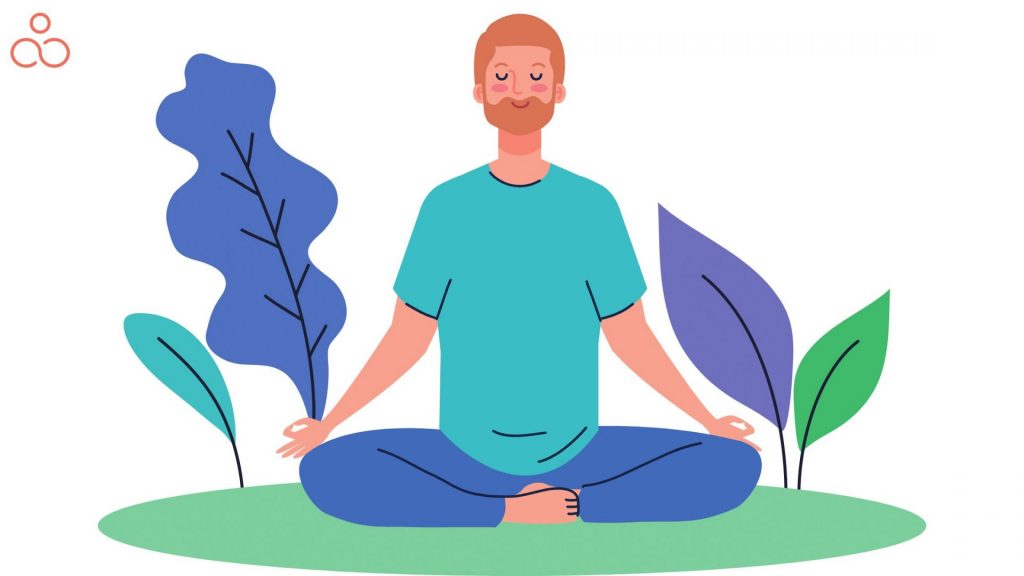
- Follow a regular schedule: When it is about calming our mind, practice makes perfect, just like with any other excellent habit. A quick way to teach your brain when it is time to relax is to choose a consistent time of day.
- Make a place for meditation: When your back is to a whining toddler or you’re surrounded by laundry, it’s not exactly simple to enter a state of meditation. Your immediate surroundings are important, especially when you first start practising meditation. Create a special area in your home for meditation. It doesn’t need to be enormous. This can entail choosing a specific chair, lighting a fragrant candle, or settling in front of a favourite picture. You’ll eventually start to equate this serene area with decompressing.
- Meditating in groups: Although it may seem like a very solitary activity, there is surprisingly power in numbers. Making meditation a joint activity with a friend not only helps us break out from our own mental patterns, but it also offers accountability that practising meditation alone lacks.
- Listen to a recording while you meditate: Open the YouTube app again later. Guided meditations that have already been recorded could be the overthinker’s ticket to successful contemplation. The brain has something to concentrate on when listening to a guiding voice, which helps to ward off distracting ideas. A guided journey is just as useful as silent meditation, even though it won’t completely calm your thoughts.
- Practise yoga first: Yoga and meditation are linked for a reason. Your ability to concentrate is actually influenced by how well you can time your breaths to your bodily activities.
Yoga that focuses on the body’s movements and the breath lowers stress indicators, according to a 2018 study. Particularly, sustained attention was improved by breath-centered practice. Including movement in your meditation routine might help relieve some of the strain to “be” at that time.
FAQs
What indicates an intense state of meditation?
You become less self-aware, lose track of time, and breathe more slowly when you are deeply relaxed. It is a good indication that you are in a profound level of meditation when you realise that you can only recall a portion of what you did while meditating, your body feels comfortable and you forget you were doing it.
Why do I feel stoned after meditation?
Dopamine, a brain chemical linked to drug addiction, may change in the brain as a result of meditation and this is why you might feel stoned after a deep meditation session.
Can a euphoric high be produced by meditation?
When they first start meditating, many individuals are shocked by how effective it may be. After some training, meditation produces emotions of serenity, relaxation, and sometimes even bliss. This “natural high” enables you to better control your emotions and get through trying circumstances.
Does Marijuana Have Anything to Do with meditation?
There is a belief that while meditation and marijuana may coexist without harming one another, their combined use can yield superior outcomes. Some religious sects have incorporated marijuana into their meditation practises because they recognise how well cannabis may aid in meditating. They think there is a connection between the two that could lead to greater awareness.
What makes me feel odd after my meditation?
Sometimes we have strange feelings after meditation because it makes room in the conscious mind for the information from the deeper levels to emerge. As your consciousness grows, it penetrates into the core of your mind.
Why does meditation make my body buzz?
When the body is letting go of more extreme training or stress during meditation, twitching or other bodily motions are frequent. It’s possible that the increased stress you’re currently experiencing at work is related to this releasing process, but it’s also possible that it has nothing to do with it.
Why am I experiencing odd sensations?
This is a natural response to diminished heart rate and slower breathing. There is nothing to be concerned about even though the outcome occasionally includes feeling faint or dizzy. When emotions are discovered or released, they can occasionally produce quite odd feelings due to the peculiar way they are processed.
Why do I feel anxious while meditating?
Yes, becoming more conscious of physical sensations is a common side effect of meditation. Each individual responds to this differently. Some people react to feelings or sounds with aggravation because they have an underlying sense of displeasure in their lives. As a result, feeling anxious in response to a sound or sensation just indicates that anxiety was already present or predisposed to.
Conclusion
By consistently meditating, you can enjoy significant improvements in both your physical and emotional health. Additionally, you may experience the same happiness, calmness, and mental peace as when you’re high.
So, certainly, there are a variety of ways that meditating might make you feel elevated. However, it doesn’t necessarily follow that you’ll feel euphoric or develop an addiction to it.
In the end, just make sure you begin your meditation routine!

